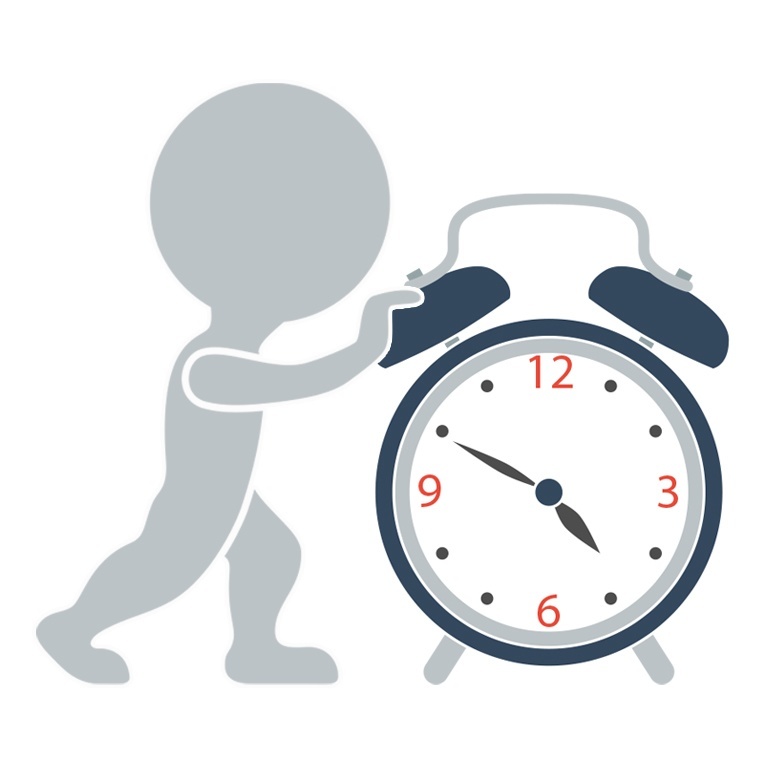It should come as no surprise to anyone with more than a handful of experiences attending live classical music events to realize that there are more than a few traditions that accompany the concert experience. Equally unsurprising is how effective some of those traditions are at alienating concertgoers and one in particular that has been catching my attention is the moratorium on taking photographs.
 Granted, I’m not here to endorse the policy of allowing concertgoers to take photos during the concert but I completely fail to see the problem with it at any other point in time.
Granted, I’m not here to endorse the policy of allowing concertgoers to take photos during the concert but I completely fail to see the problem with it at any other point in time.
Two recent family concert events here in the Chicagoland area drove this point hit home after witnessing several ushers verbally swat down parents who wanted to use their Smartphone camera to take a photo of their children inside the actual concert hall.
It was happening so frequently that ushers looked more like angry birds bouncing around from one offender to the next squawking the “no photos allowed” mantra.
But the genuinely profound moment was when a family sitting dead center in the front row got swatted down and after the usher left, one of the orchestra musicians came up and asked if she could take their photo from the stage. Angry bird usher was none too pleased but he kept his distance.
Historically, there are a number of reason why photographs haven’t been allowed inside concert halls and I started compiling a list but after reading it out loud, it sounded so ridiculous that it wasn’t even worth mentioning. Simply put, in the social media age there are simply no good reasons to keep patrons from capturing moments when the live event isn’t underway.
It’s time to put this sacred cow down and let concertgoers revel in the concert experience and share it with their social media networks or simply keep the photos as personal keepsakes. As a whole, we’re doing far more harm than good by prolonging this unnecessary restriction.
And to the groups out there who have already embraced this idea, kudos to you!



I worked as an usher at the hall of a ‘big 5’ orchestra during undergrad. We were instructed before every concert that if we saw any photography or video/audio recording during a performance we were to confiscate the equipment, take it to the house manager where the film/tape would be destroyed and the device returned to the owner after the concert. (this was in the pre-digital era)
Back then people toting cameras or recording devices were quite rare. Now with every phone being able to produce a pretty decent quality picture, video or audio recording, enforcing a ban is a bit like trying to hold back the tide. Especially at a family concert, maybe a slightly ‘looser’ standard could be applied than at a more ‘serious’ classical subscription program. Disney Security doesn’t wrestle people to the ground for snapping a photo of the kids with Pooh and Tigger.
That said, someone taking photos during a performance could be a bit distracting to fellow audience members, but before a performance or at intermission it should not be a big deal. Another problem of a mid-performance photo is a flash going off. I know first hand how much fun it is to look up at the conductor, catch a camera flash coming out of the dark background and then deal with floating blue dots on the music for a minute. (not fun)
The world has changed. Media has changed. The AFM and orchestras have always been slow to react to change. Maybe we should look around and not try to apply 1980s media standards to a 2013 world.
Good points all around and you touched on what is ultimately one of the real issues: process. Much of very real problems related to concertgoers taking pictures during a performance can be mitigated by explaining that it is fine to take photos before, after, and during intermission but during a performance not only disturbs everyone but could get you ejected.
SO with you on this one, Drew! If the concert hasn’t started, or if it is over, what is the big deal? During Les Mis this past summer ushers would stop anyone from shooting a photo, even if it was just of a wallor of their friends if they were in the hall. One usher stood in front to yell out “no photographs in the hall!” prior to the start of one show so I, from the pit, decided to shoot her yelling that. Sigh. Let’s just alienate concert and show goers even more, shall we?
Thanks for the feedback Patti, I’ve been following chatter on this today at Twitter and FB and with only a handful of exceptions, everyone seems baffled by the old-school no photo policy. Yet it persists. Sigh indeed.
Interesting post. As a orchestra and musical goer I guess I haven’t thought about it too much. When I see people taking pictures with their smart phone I’ve thought “Oooooo, they’re going to be in trouble.” On one had I’ve always thought that it was protecting the value of the show by not allowing those who didn’t pay to see it. On the other hand I could see how allowing pictures could help increase demand by people being able to see what they are missing. Certainly don’t want photos bothering the performers.
Well, for me flash photography triggers migraine headaches and I can’t predict exactly whether it will happened or not on any given day. It probably triggers a reaction 15 to 20 percent of the time The trigger results approximately 30 minutes of impaired vision (a prelude to the actual migraine) and I can only see part of a page of music. Even one flashing camera sends me into a state of fear. (The medical test for migraines and seizures is a strobe light and I also tense up when passing emergency vehicle lights, blue being the worst). Anyway, I happily would take one for the team and warm up elsewhere if a guarantee were in place to cease flash photography 5 minutes before concert time but I and a handful of others would greatly prefer not to be dodging the pulsars during a concert.